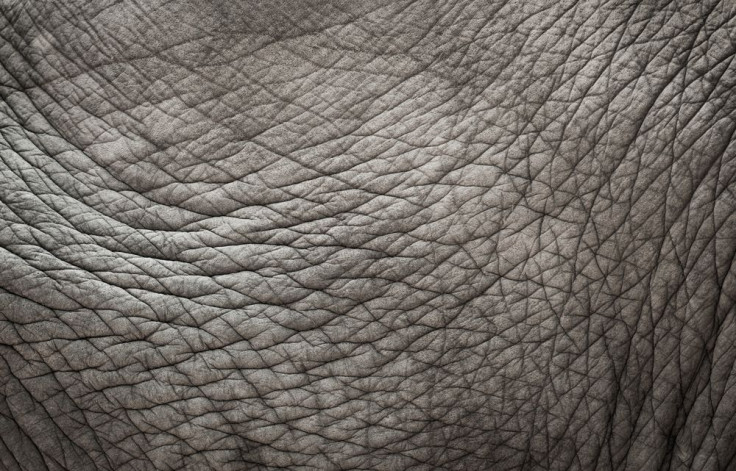Artificial Skin Grown From Umbilical Cord Stem Cells: 'Wharton Jelly' Mesenschymal Could Transform Trauma Care, Burn Treatment

Although artificial skin may sound like science fiction, it could soon become a routine component of clinical practice and trauma care. In a new study, researchers from the University of Granada describe a new, groundbreaking method of generating artificial skin from stem cells derived from umbilical cord tissue. Aside from making open wounds a cinch to patch up, the innovative method could transform treatment and rehabilitation for burn victims.
The study, which is published in the journal Stem Cells Translational Medicine, shows that so-called Wharton’s jelly mesenschymal stem cells can be converted into oral-mucosa or skin generation epithelia – two primary types of human tissue. The regeneration method, which could restore skin to a wide variety of trauma patients, involves stem cells extracted from umbilical cord tissue and a biomaterial made of fibrin and agarose. According to the study authors, the current work confirms several theories advanced in previous research efforts.
While a finalized regeneration method will likely serve an array of clinical purposes, the researchers believe that burn units will benefit the most. Today, one of the most severe limitations of major-burn victim care is the amount of time needed to grow new tissue. By current treatment protocols, artificial skin is grown from the patient’s own, healthy tissue – a process that often takes several weeks. "Creating this new type of skin using stem cells, which can be stored in tissue banks, means that it can be used instantly when injuries are caused, and which would bring the application of artificial skin forward many weeks," Antonio Campos, Professor of Histology at the University of Granada and one of the authors of the study, said in a press release.
The current study is the latest in a growing series of inquiries into the regenerative capacity of umbilical cord stem cells. In a study published earlier this year by the same institution, another team of scientists used the mesenchymal stem cells to generate artificial bone tissue. Hopefully, both methods will help physicians design new treatment strategies for some of our most harrowing injuries.
Source: Garzón I, Miyake J, González-Andrades M, Carmona R, Carda C, Sánchez-Quevedo Mdel C, Campos A, Alaminos M. Wharton's jelly stem cells: a novel cell source for oral mucosa and skin epithelia regeneration. Stem Cells Transl Med. 2013 Aug;2(8):625-32. doi: 10.5966/sctm.2012-0157. Epub 2013 Jul 1.
Farias V de A, Lopez-Peñalver J, Sirés-Campos J, López-Ramón MV, Moreno-Castilla C, Oliver FJ, Ruiz de Almodóvar JM. The growth and spontaneous differentiation of umbilical-cord stromal stem cells on an activated carbon cloth. J Mater Chem B. 2013; 1; 3359-3368



























